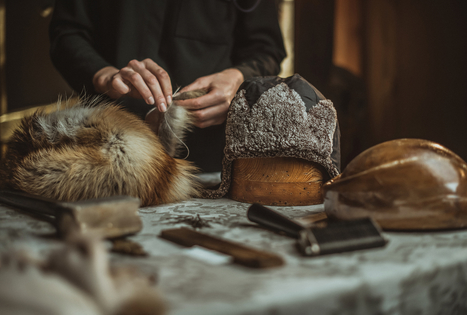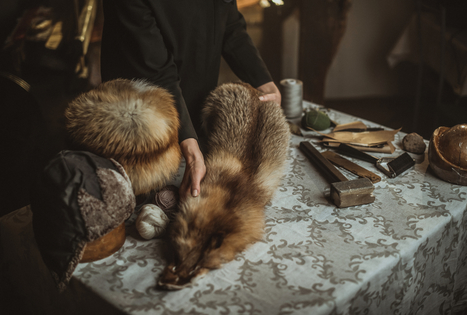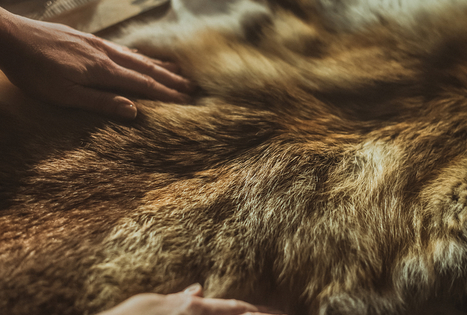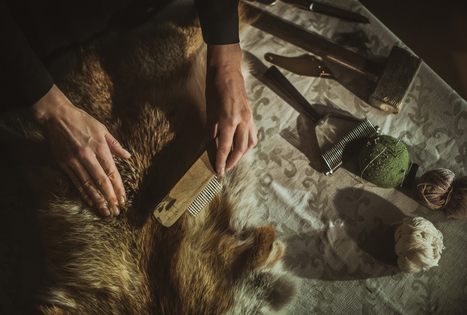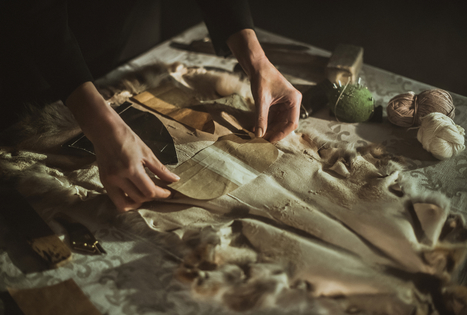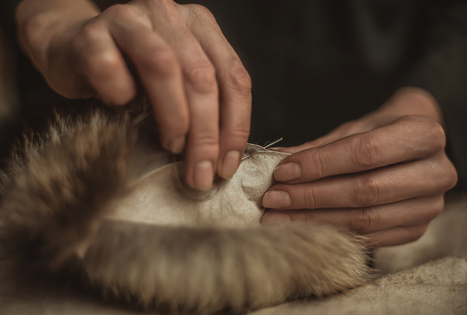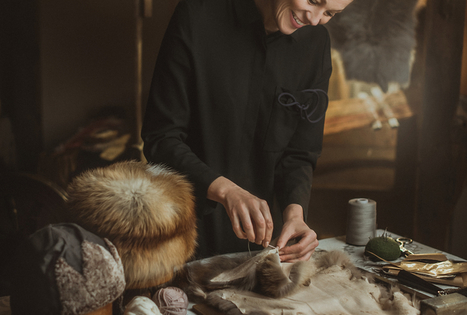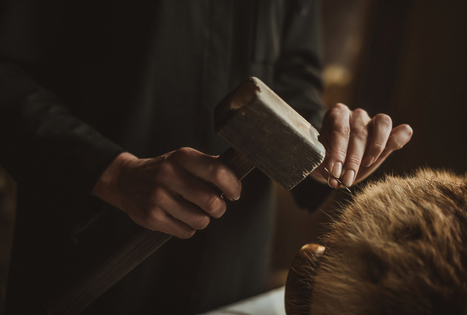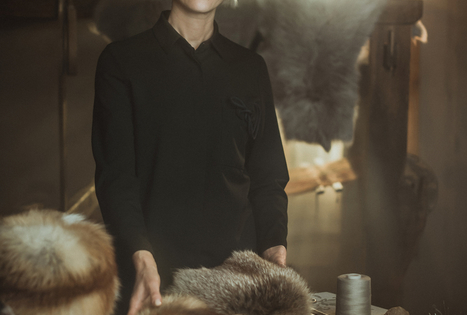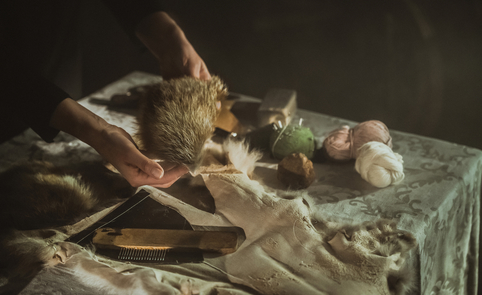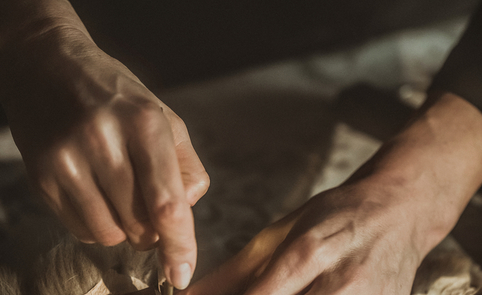The tradition of men taking their hats off in front of women was started by knights, who would remove their helmets to say “I am your servant”. And the history of hats and hat-making goes back to antiquity.
Hats – a symbol of power
It is no longer possible to know exactly when man first made a hat out of trimmed animal skin, but historians agree that headwear was the first item of primitive clothing. Our naked ancestors realised early on that they had to cover their heads to protect them from the scorching sun and the freezing cold.
Sculptures found in Egypt, drawings from ancient China, and coins from ancient Greece and Rome all show that back then, hats or headpieces were also a symbol of power.
In the Middle Ages, people had an odd understanding of what makes a nice hat – it was thought that the richer or more noble the person is, the higher his hat should be. Hats reflected rank, profession or position – whether the wearer was a priest, a soldier, an official, a merchant or a student. Uniform hats appeared with peaks, such as the kepi. In the late 19th century, circular hats with shiny peaks became widespread. Later, knitted hats and berets became popular.
Never seen in public without a hat
The oldest headwear in Lithuania was sewn from leather and cloth that was woven from local raw materials – hemp, wool or linen. Fur hats decorated with metal have been found in men’s graves from the 9th-10th centuries. The nobles and the rich had their headgear sewn from sable fur, while the less well-off used beaver, weasel, lynx or hare.
In the late 15th century, noblemen began wearing berets, kalpaks and felted hats, including extravagant ones made of expensive material and fur. Wool or wool-blend hats with ear flaps lined with fox or hare fur were worn in winter. There were also felted hats that travelling hatters would make from wool given to them by peasants. Straw hats were popular in summer, especially when doing outdoor work during the heat of the day. People would weave them themselves.
Lithuanian rural customs required married women to always cover their heads. They would also wear festive hats under their scarves, with only a few ornate details visible. The Sunday hats that became widespread in the 19th century were made from a variety of home-woven and industrial fabrics, and were embroidered and decorated with lace and colourful ribbons. Knitted hats were worn by women, men and children alike.
Openwork wool caps or ones sewn from silk, wool or cotton were worn in the late 19th century. Up until World War I, hats were a very important part of the outfit – people tried not to be seen in public without one.
Felt hats – protection against both the heat and the cold
Felt hats are made by felting raw wool, carded wool or wool tops. Only natural wool has the properties suitable for felting and creating a felted product.
Lithuanian felt hats are often used in saunas. Wool is a natural non-woven fibre that regulates body temperature. A felt hat therefore not only provides outstanding protection in winter against moisture and cold – it also helps protect against moisture and heat in a steam bath.
Starting in the 1920s, people have almost exclusively been wearing store-bought hats. However, ones made by artisans are still in demand as well. They can be purchased at craft fairs, and classes are held. There are currently seven certified artisans in Lithuania who sew and felt hats.

